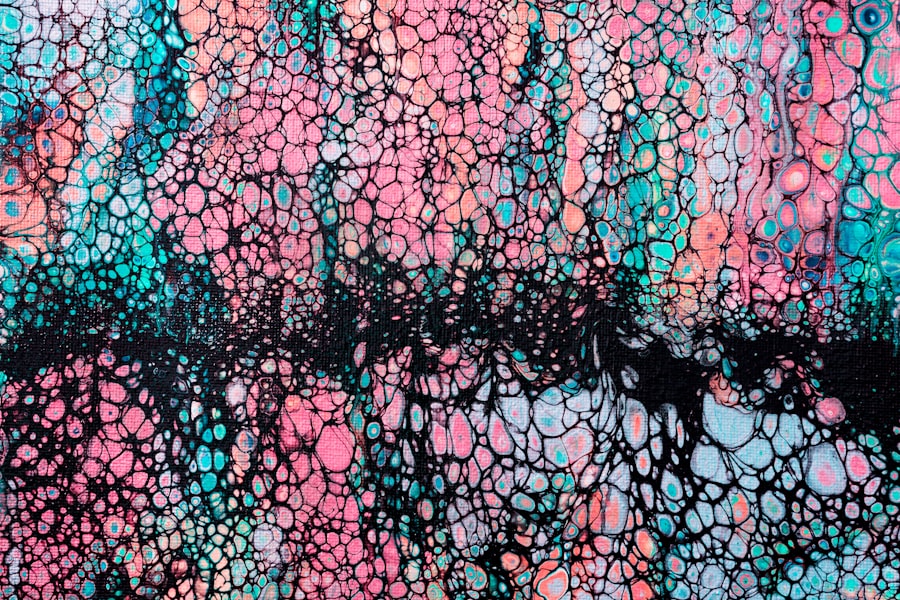The history of printing technology is a remarkable narrative spanning centuries, beginning with Johannes Gutenberg’s invention of the printing press in the mid-15th century. This innovation revolutionized information dissemination, making literature and knowledge widely accessible for the first time. Before this development, books were manually copied, a time-consuming process that limited their availability and made them extremely expensive.
Gutenberg’s press employed movable type, enabling rapid text production and contributing to increased literacy rates across Europe. This significant change democratized knowledge and set the stage for the Renaissance, Reformation, and Scientific Revolution by facilitating the free exchange of ideas. Printing methods evolved alongside technological advancements.
The Industrial Revolution brought steam-powered presses, capable of producing thousands of copies much faster than previous methods. Lithography, introduced in the late 18th century, expanded printing capabilities, allowing artists to reproduce their works with high accuracy. In the 20th century, offset printing became a predominant technique, enabling high-quality image and text reproduction on various materials.
Currently, digital printing dominates the industry, offering unparalleled flexibility and customization. This technology allows for on-demand printing and short production runs, meeting the specific needs of businesses and individuals. The evolution of printing technology reflects both technological progress and changing consumer demands, with personalization and immediacy becoming increasingly important in contemporary society.
Key Takeaways
- Printing:
- Printing technology has advanced significantly, allowing for high-quality prints on various materials.
- Digital printing offers quick turnaround times and the ability to print on demand.
- 3D printing has revolutionized the manufacturing industry, allowing for the creation of complex and customized objects.
- Digital art creation:
- Digital art creation tools, such as graphic design software and drawing tablets, have made it easier for artists to create and manipulate artwork.
- The use of digital brushes, layers, and effects allows for endless creative possibilities.
- Digital art creation has opened up new avenues for artists to showcase and sell their work online.
- Online canvas platform:
- Online canvas platforms provide a convenient way for artists to showcase and sell their artwork to a global audience.
- These platforms often offer features such as customizable storefronts, print-on-demand services, and marketing tools.
- Artists can connect with buyers and other artists, creating a supportive and collaborative community.
The Rise of Digital Art Creation
In parallel with advancements in printing technology, the realm of art has undergone a profound transformation with the advent of digital tools. Digital art creation has emerged as a legitimate and vibrant medium, allowing artists to explore new dimensions of creativity that were previously unimaginable. The introduction of graphic design software such as Adobe Photoshop and Illustrator has revolutionized how artists conceptualize and execute their work.
These programs provide an array of tools that enable intricate designs, vibrant color palettes, and seamless editing capabilities. Artists can now manipulate images with precision, layering elements and experimenting with textures in ways that traditional mediums simply cannot accommodate. This shift has not only expanded the toolkit available to artists but has also democratized art creation, as aspiring creators can access powerful software on personal devices.
Moreover, digital art creation fosters a sense of community and collaboration among artists worldwide. Online platforms and social media have become vital spaces for sharing work, receiving feedback, and connecting with like-minded individuals. Artists can showcase their portfolios on websites like Behance or DeviantArt, gaining exposure to a global audience without the constraints of physical galleries.
This interconnectedness has led to a flourishing of diverse styles and techniques, as artists draw inspiration from one another across cultural boundaries. Additionally, the rise of digital art has given birth to new genres such as pixel art and 3D modeling, further enriching the artistic landscape. As technology continues to evolve, so too will the possibilities for digital art creation, pushing the boundaries of what is considered art in our contemporary society.
The Emergence of Online Canvas Platforms

As digital art creation gains momentum, online canvas platforms have emerged as essential tools for both amateur and professional artists alike. These platforms provide a virtual space where creators can experiment with their artistic visions without the limitations imposed by traditional media. With user-friendly interfaces and a plethora of features, online canvas platforms allow artists to create stunning visuals using a variety of brushes, colors, and textures.
Whether one is sketching a quick concept or crafting a detailed masterpiece, these platforms offer an intuitive experience that encourages exploration and innovation. Furthermore, many online canvas tools are equipped with collaborative features that enable multiple users to work on a single project simultaneously, fostering teamwork and creative synergy. The accessibility of online canvas platforms has also played a significant role in democratizing art creation.
Artists no longer need to invest in expensive materials or studio space; instead, they can create from the comfort of their own homes using just a computer or tablet. This shift has opened doors for individuals who may have previously felt intimidated by traditional art forms or lacked access to resources. Additionally, many platforms offer tutorials and community forums where users can learn from one another, share techniques, and seek advice.
This sense of camaraderie enhances the overall experience of creating art in a digital environment. As these platforms continue to evolve, they are likely to incorporate even more advanced features such as artificial intelligence-assisted design tools and augmented reality capabilities, further enriching the creative process.
The Intersection of Printing and Digital Art
| Printing and Digital Art | Metrics |
|---|---|
| Number of digital art prints sold | 500 |
| Percentage of artists using digital printing techniques | 70% |
| Size of the digital art printing market | 1.5 billion |
| Number of art galleries featuring digital prints | 200 |
The convergence of printing technology and digital art creation has given rise to exciting new possibilities for artists and consumers alike. With digital art becoming increasingly prevalent, the demand for high-quality prints has surged. Artists can now take their digital creations and transform them into tangible works through various printing methods, including giclée printing, which offers exceptional color accuracy and detail reproduction.
This process allows artists to maintain the integrity of their original digital pieces while making them accessible to collectors and enthusiasts who appreciate physical artwork. The ability to produce limited edition prints has also become a lucrative avenue for artists seeking to monetize their work while retaining control over their creative output. Moreover, this intersection has led to innovative collaborations between artists and printing companies.
Many businesses now offer customizable printing services that allow customers to select their preferred designs for products ranging from home decor to apparel. This trend not only empowers artists by providing them with new revenue streams but also enables consumers to engage with art in unique ways. The rise of print-on-demand services means that individuals can order personalized items featuring their favorite digital artworks without having to invest in large quantities upfront.
This model aligns perfectly with contemporary consumer preferences for customization and individuality, creating a symbiotic relationship between artists and their audiences.
The Future of Art in a Digital Age
As we look ahead to the future of art in an increasingly digital age, it is clear that both printing technology and digital art creation will continue to evolve in tandem. The rapid pace of technological advancement suggests that new tools will emerge that further blur the lines between traditional and digital mediums. For instance, advancements in virtual reality (VR) and augmented reality (AR) are poised to revolutionize how we experience art.
Imagine stepping into a virtual gallery where you can interact with 3D representations of artworks or even participate in immersive installations that respond to your movements. Such experiences could redefine our understanding of artistic expression and engagement. Furthermore, as society becomes more interconnected through digital platforms, we may witness an even greater fusion of cultural influences in art creation.
Artists from diverse backgrounds will have unprecedented opportunities to collaborate across borders, resulting in rich tapestries of creativity that reflect our globalized world. This interconnectedness will likely lead to new genres and styles that challenge traditional notions of authorship and originality. In this dynamic landscape, artists will need to adapt continuously, embracing new technologies while remaining true to their unique voices.
Ultimately, the future of art promises to be an exciting journey filled with innovation, collaboration, and endless possibilities for expression in both digital and physical realms. In conclusion, the interplay between printing technology, digital art creation, and online canvas platforms represents a transformative era for artists and audiences alike. As we navigate this evolving landscape, it is essential to recognize the profound impact these advancements have on our understanding of creativity and expression.
The democratization of art through accessible tools and platforms empowers individuals to explore their artistic potential while fostering a vibrant community that celebrates diversity and innovation. As we move forward into this digital age, we can anticipate an exciting future where art continues to inspire, challenge, and connect us all in ways we have yet to imagine.


